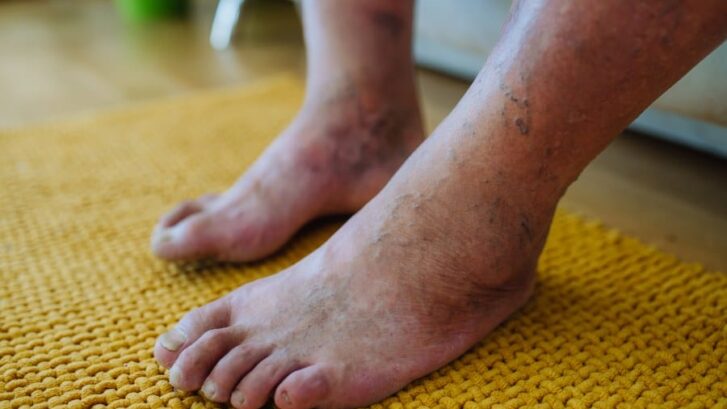Diabetic foot problems can develop gradually and may not always be immediately obvious. Recognizing the signs and symptoms of diabetic foot issues early is crucial to prevent serious complications. If you have diabetes, staying vigilant about foot health and understanding when to seek medical help is essential. Dr. Ravul Jindal emphasizes the importance of early intervention and regular checkups to manage and prevent diabetic foot problems effectively.
Common Signs of Diabetic Foot Problems
- Unusual Foot Pain or Discomfort
Persistent pain or discomfort in the feet can be an early warning sign of diabetic foot issues. This pain can range from a dull ache to sharp, stabbing sensations. If you experience any unexplained foot pain, it’s important to consult with a healthcare provider like Dr. Ravul Jindal for a thorough evaluation.
- Numbness or Tingling
Diabetes can cause nerve damage, leading to numbness or tingling in the feet, known as diabetic neuropathy. This condition makes it harder to feel injuries or infections, increasing the risk of complications. If you notice these symptoms, seek medical advice promptly.
- Swelling in the Feet
Swelling in the feet can indicate fluid retention or problems such as poor circulation. Persistent swelling should be evaluated by a healthcare professional to determine the cause and prevent further issues.
- Discoloration of the Skin
Changes in the color of your feet, such as redness, paleness, or a bluish tint, can signal poor circulation or an infection.
5. Open Sores or Ulcers
Diabetic foot ulcers are sores that can develop due to poor circulation and pressure. These ulcers can become infected if not treated properly. If you have open sores that are not healing or worsening, it’s crucial to seek help from a specialist.
6. Cracked or Dry Skin
Dry, cracked skin on the feet can lead to infections and other complications. If you experience severe dryness or cracking, consult a healthcare provider for advice on proper treatment and care.
When to Seek Medical Help
Knowing when to seek medical help is key to managing diabetic foot problems effectively. You should consult a healthcare professional if you experience:
> Persistent or worsening foot pain
> Significant changes in skin color
> New or worsening numbness or tingling
> Non-healing sores or ulcers
> Swelling that does not improve
> Signs of infection, such as increased redness, warmth, or pus
Early intervention can prevent severe complications such as infections, gangrene, or even amputation. Regular foot checkups and maintaining good foot hygiene are essential for managing diabetic foot health.
Prevention and Care
To prevent diabetic foot problems and maintain good foot health, consider the following tips:
- Inspect your feet daily: Look for cuts, blisters, or other issues.
- Keep your feet clean and dry: Wash and thoroughly dry your feet each day.
- Wear appropriate footwear: Opt for well-fitting shoes that provide adequate support.
- Maintain good blood sugar control: Proper diabetes management helps prevent foot complications.
For personalized care and expert treatment of diabetic foot issues, Dr. Ravul Jindal offers comprehensive evaluations and tailored treatment plans to address your specific needs and prevent complications.
Take proactive steps in managing your foot health. Consult us for expert care and personalized treatment for diabetic foot issues.


